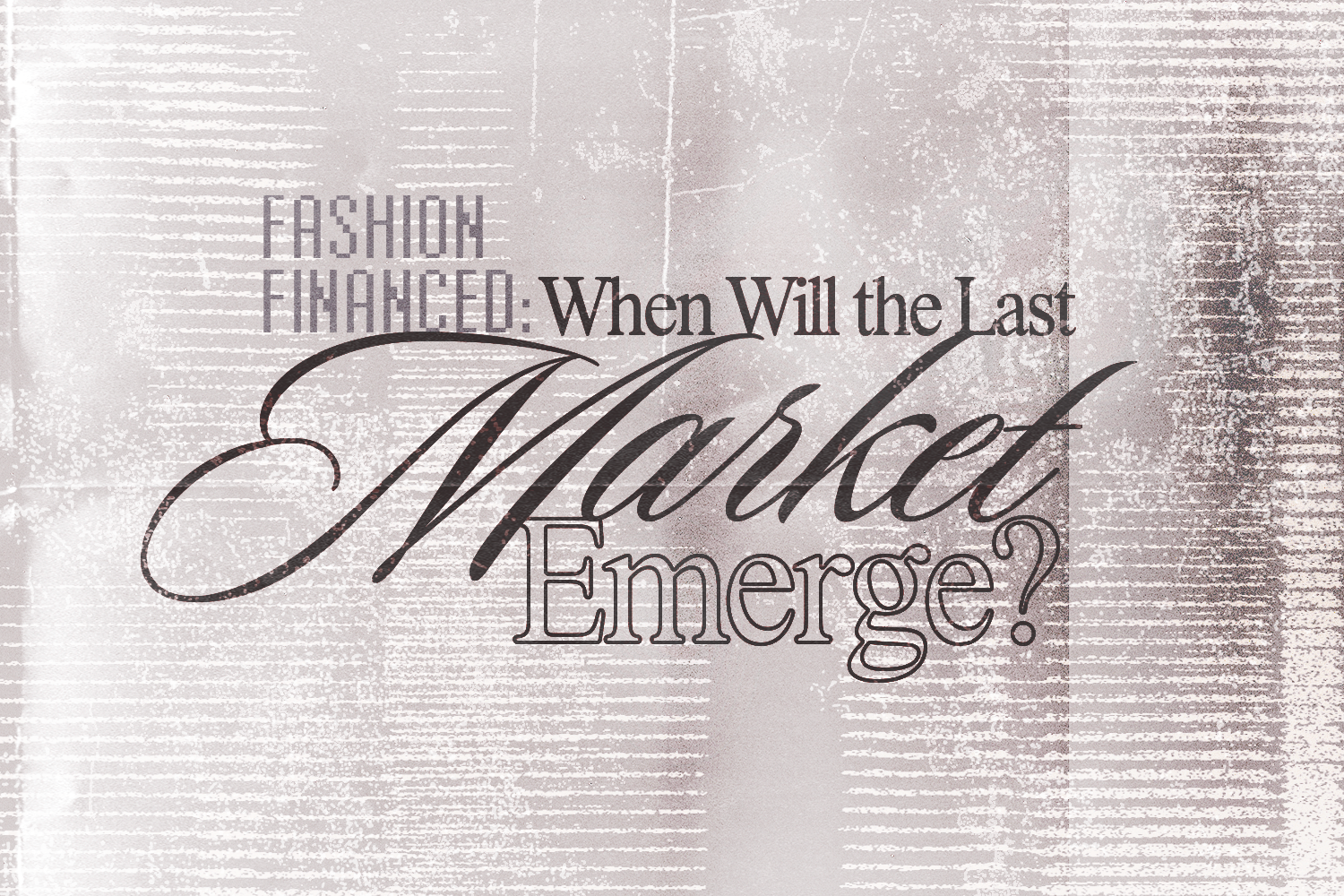The “emerging market” concept applies to almost every industry, from automotive and tech to fashion and hospitality. As the world progresses, the industries around us do as well, and companies seek to break into more emerging markets to corner as much of the market share as possible. In some sectors, companies may seek to create a new market from a groundbreaking product. Typically, the definition of an emerging market refers to a geographic market. However, its use is shifting to a more demographic and populace definition.
But what happens when we run out of markets? In fashion, almost the entire world can be considered consumers in one way or another. Many buy clothing based on price, some buy because of utility, and another large portion buy for fashion. But how established are these markets? The industry is ever-changing, and what consumers desire will never be a fixed variable, so the overall fashion world is safe from stagnation.
However, luxury is an entirely different story. Let’s first discuss luxury goods pricing. With a core consumer base that does not mind spending large sums of money, marketing based on competitive pricing is not always the way to go because that can lose some of the brand exclusivity. With the knowledge of the main consumer base being people with high purchasing power, we can assume that the main form of an emerging luxury market is the newly rich and those gaining wealth.
New money is its own complicated demographic. Marketing to those coming into wealth and raising the purchasing bar is helpful for luxury to revitalize spending in legacy brands, but predicting what people new to the market will be interested in is getting more difficult. The newly wealthy are not a monolith, and a distinct example is young professionals in sectors like tech and finance who are getting better-paying jobs and upgrading their wardrobes.
Take a young man in his late 20s to early 30s, working in finance at a company such as BlackRock or UBS, and wanting to start dressing like their more established contemporaries. Maybe he’d be drawn to brands such as Hermes or Brunello Cucinelli. Compare that to another buyer, also late 20s to early 30s, but working in tech. Many working in that industry are less fashion-focused and content wearing a company-branded zip hoodie and sweats most days at the office, instead spending money on experiences like food and travel instead of luxury goods. When you review the divisions, you can see that if a luxury brand depends solely on the newly wealthy, it also depends on the job market, what industries students are interested in, and other factors that can be much harder to consistently align with.
So what does this mean for luxury? The optimistic answer is that they need to worry about their older money and more established consumers to be financially healthy and profitable, while the pessimistic answer is that the emerging markets are slowly becoming too volatile to take advantage of, meaning luxury may run out of growing room.
If relying on emerging markets becomes too risky, luxury fashion will become much more competitive than it already was before. Without a stream of new consumers to target, the growth source for these brands will become dependent on taking from other rival fashion houses. We will start to see legacy houses without growth shuttered by their parent companies, and the ones that already dominate the industry will become almost monopolistic, which is extremely rare in fashion. The marketing and targeting will start to feed into this as well, with efforts refocused on keeping their current base instead of finding new ones and the already exclusive brands will seemingly turn curious shoppers away.
How realistic is this? Well, while this is the pessimistic view, financial and industry stagnation across the globe is a real threat. With a constantly changing world, we must maintain creating new consumers. With rising income inequality, the demographics able to participate in the luxury marketplace are becoming less and less diverse. Without diverse buyers, the products sold will be less and less exploratory, and we will see an end to so much of what we love about fashion.
So, can the last market ever truly emerge? Potentially, and no, it will not cause the industry to crash and burn; in fact, it will only speed up stagnation. The old ways of thinking of ‘build it and they will come’ may not be enough anymore, and being competitive in more than design will be needed to survive the oncoming future. Rising income inequality is leading to less money spent on luxury, and if wealth continues to consolidate in the ultra-wealthy populace, then it will lead to stagnation in more industries than just luxury fashion. Without new people entering the buyer market, the lack of new buyer behavior will only snowball on top of the effects we have already begun seeing.
But what does this all mean? The danger of running out of new consumers is low, but it must be a serious consideration. Companies nowadays are only concerned with profits, raising the stock price, and growth, but we need to realize that all growth has a ceiling. We may not know what the ceiling is for many of these industries, but we may need to start preparing to shift our collective focus from simply hitting profit targets and sales numbers to making sure we do not alienate the slowly shrinking consumer base. New buyers are not an infinite resource, and we must consider the possibility that the last market will emerge someday.
Words by Dexter Slinn
Graphics by Aubrey Lauer

